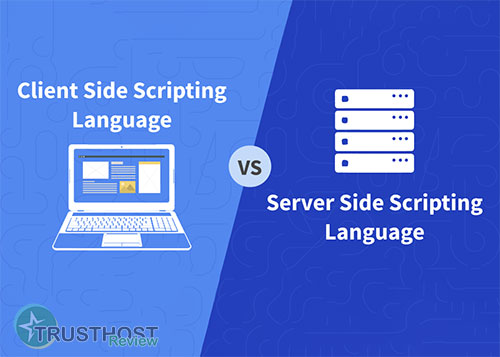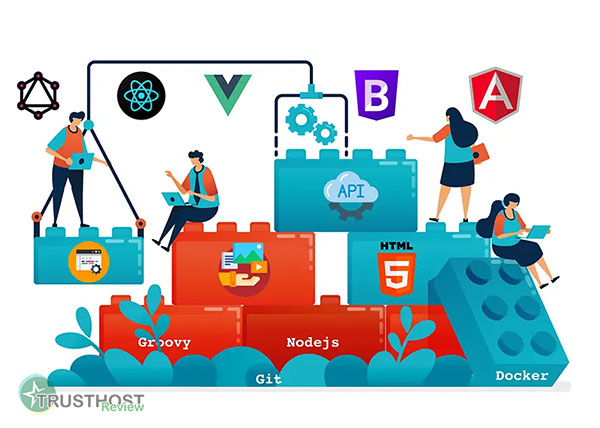Containerization: Packaging Software for Seamless Deployment
Containerization: A Deep Dive into Portable Software Packaging
In today's fast-paced technological landscape, software development demands agility and efficiency. Containerization has emerged as a transformative solution, revolutionizing how we package, distribute, and deploy applications. This article delves into the core concepts of containerization, exploring its benefits, use cases, and popular tools.
What is Containerization?
Containerization is a lightweight virtualization technique that involves packaging software code and all its necessary dependencies – libraries, frameworks, and configuration files – into self-contained units called containers. These containers run in isolated user spaces on top of an operating system (OS) kernel, sharing the kernel with other containers but maintaining their own file systems, processes, and network resources.

Benefits of Containerization:
- Portability: Containers encapsulate all dependencies, ensuring consistent execution across different environments, from development machines to testing servers and production environments.
- Scalability: Containerized applications can be easily scaled up or down by creating and managing multiple container instances based on demand.
- Efficiency: Containers are lightweight and boot up rapidly, consuming fewer resources compared to traditional virtual machines.
- Isolation: Containerization provides process isolation, preventing conflicts between applications and ensuring system stability.
- Simplified Deployment: Container images streamline the deployment process, making it consistent and repeatable.
How Containerization Works:
Containerization leverages operating system-level virtualization features to create isolated user spaces. Key components include:
- Container Image: A read-only template containing the application code, libraries, dependencies, and runtime environment.
- Container Engine: Software responsible for building, running, and managing containers. Popular container engines include Docker, containerd, and CRI-O.
- Container Registry: A central repository for storing and sharing container images. Docker Hub is a widely used public container registry.
Use Cases of Containerization:
- Microservices Architecture: Containerization aligns perfectly with microservices, enabling the development and deployment of small, independent services.
- Cloud-Native Applications: Containers are ideal for building and deploying applications in cloud environments, leveraging the scalability and flexibility of the cloud.
- DevOps and CI/CD: Containerization streamlines continuous integration and continuous delivery (CI/CD) pipelines, enabling faster and more reliable software releases.
Popular Containerization Tools:
- Docker: The most popular containerization platform, known for its ease of use and comprehensive ecosystem.
- Kubernetes: An open-source container orchestration system that automates the deployment, scaling, and management of containerized applications.
- Podman: A daemonless container engine that offers a similar experience to Docker but operates without a central daemon.
Conclusion:
Containerization has become an indispensable tool in modern software development, offering numerous benefits for building, deploying, and scaling applications. Its ability to package software and dependencies into portable, isolated units empowers organizations to enhance development workflows, accelerate time-to-market, and optimize resource utilization. As the containerization ecosystem continues to evolve, we can expect further innovation and wider adoption across industries.















